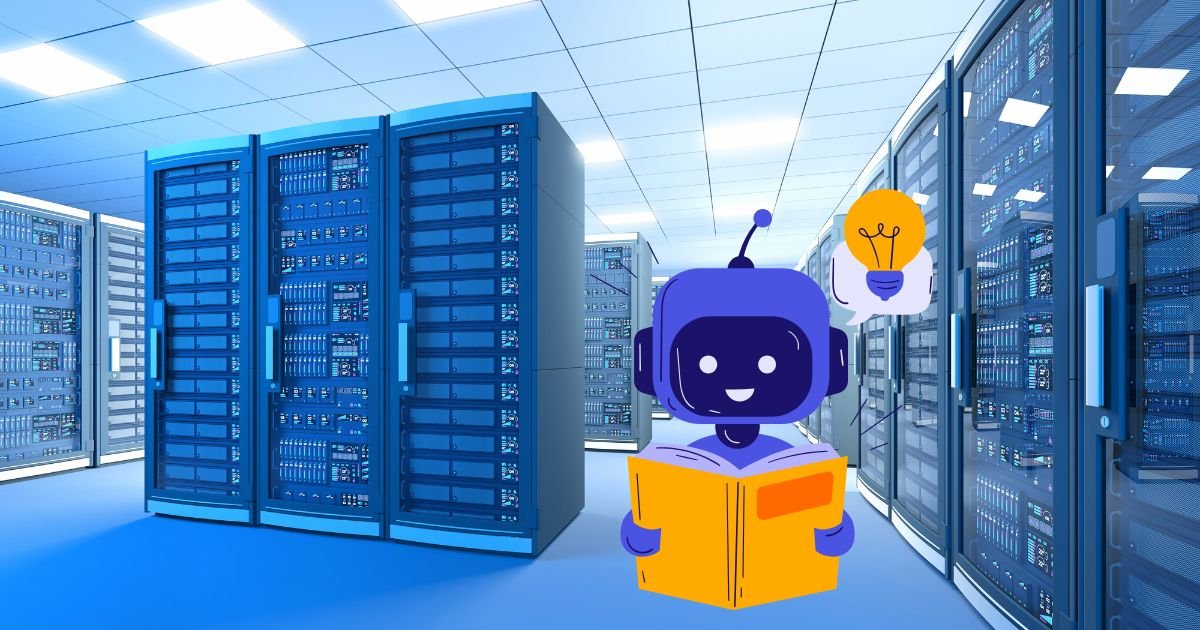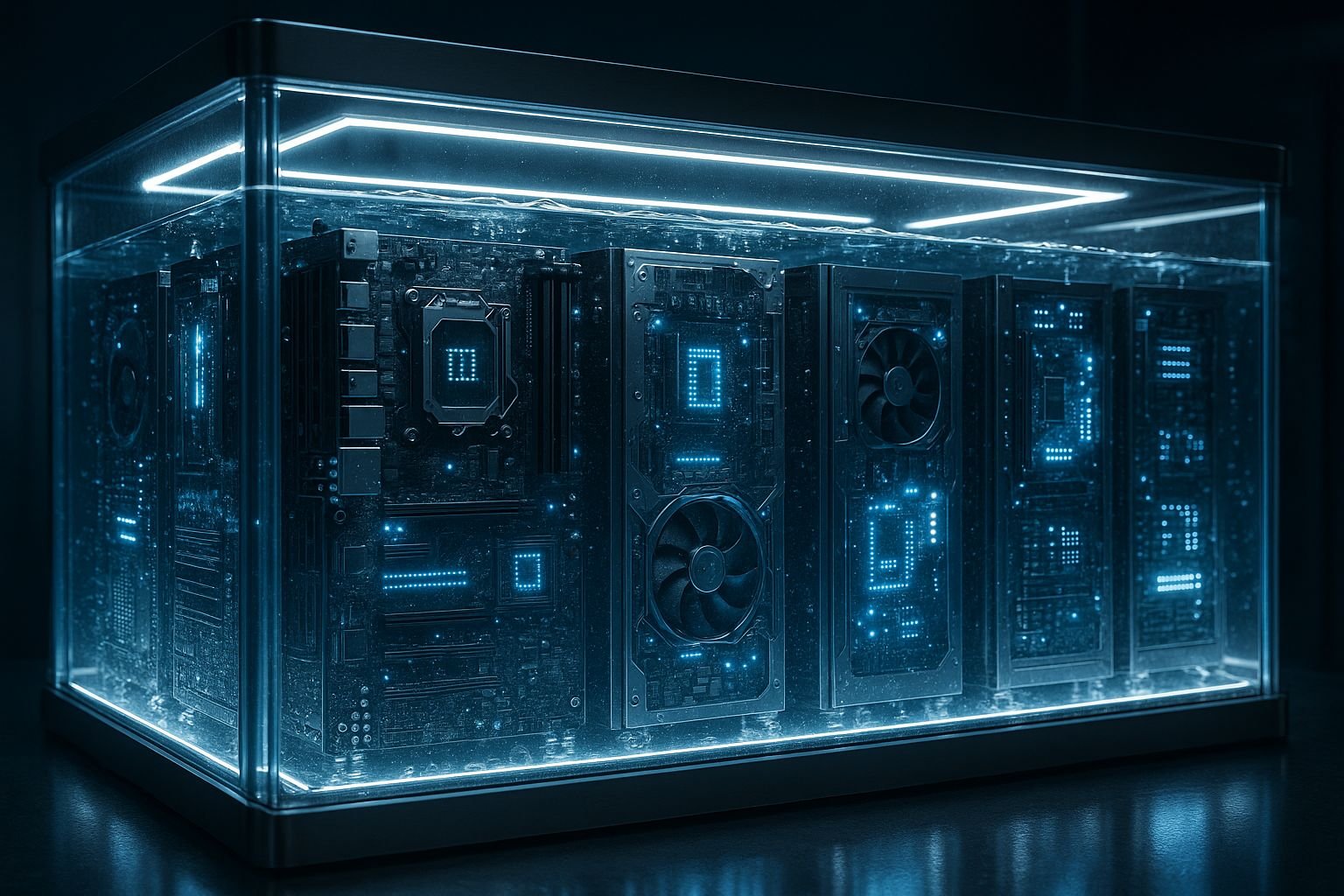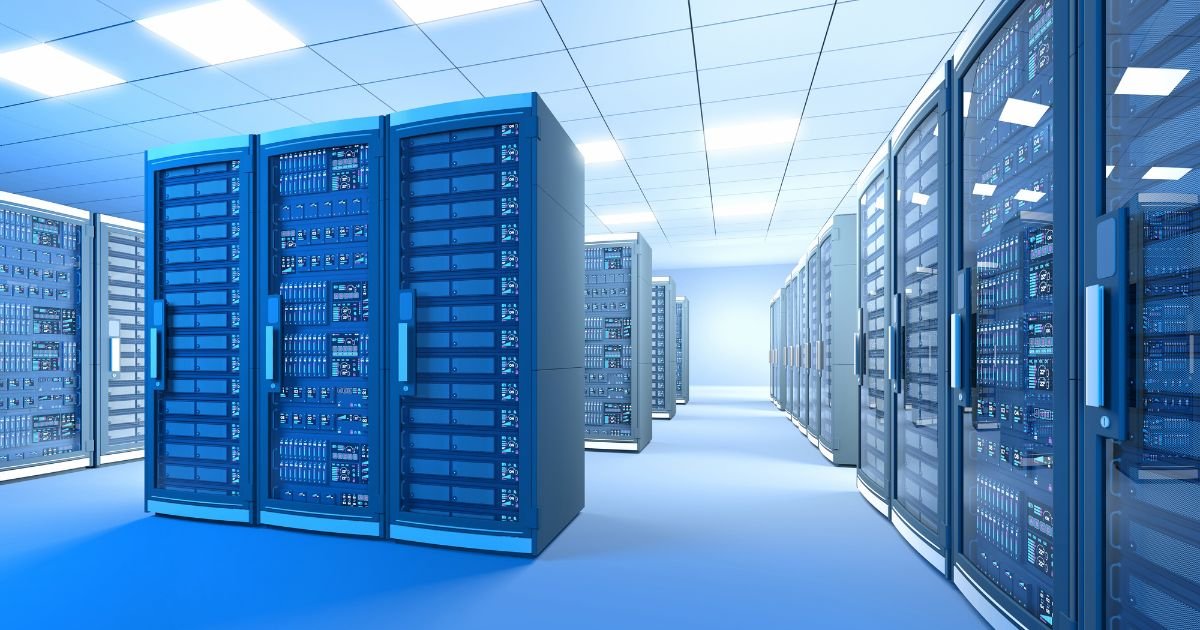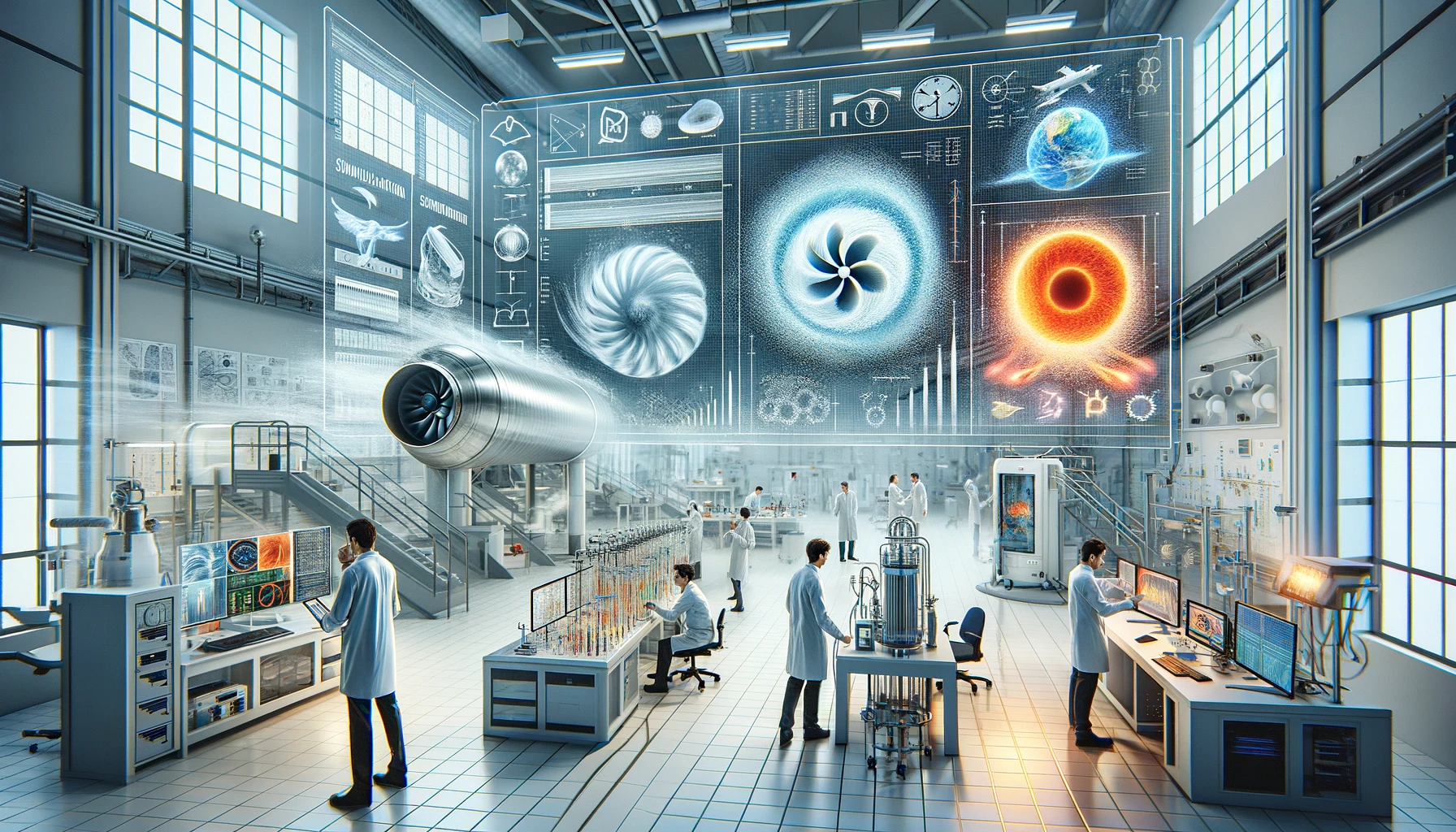Table of Contents
In today’s digital world, data centers are the backbone of the internet. They store websites, apps, videos, and more. But running a data center takes a lot of power—especially for cooling systems like HVAC (Heating, Ventilation, and Air Conditioning). These systems make sure servers don’t overheat. But they also add a big chunk to the electricity bill.

This is where a smart technology called a Digital Twin comes in.
What is a Digital Twin?
A Digital Twin is like a virtual copy of something real. It could be a building, a machine, or even an entire data center. Imagine having a computer model that shows exactly how your real data center is working—its temperature, airflow, power usage, and more—in real time.
Think of it like Google Maps for your data center, but instead of traffic, it shows heat, cooling, and energy flow.
Why Use Digital Twins in Data Centers?
- Reduce Energy Use
Cooling systems often run harder than necessary. A digital twin can show where cooling is needed and where it’s not, so energy isn’t wasted. This helps lower electricity usage. - Cut Operating Costs
When energy use goes down, so does the electricity bill. Also, by using systems more efficiently, equipment lasts longer, reducing maintenance costs. - Improve Efficiency
The digital twin helps managers test different cooling settings and see the results without changing anything physically. This helps find the most efficient setup. - Avoid Problems
Since the digital twin gives real-time updates, it can help detect issues before they turn into big problems—like spotting a hotspot before a server fails. - Plan Better
Want to add more servers? The digital twin can simulate how that would affect airflow and temperature. It helps plan without trial and error.
A Simple Example
Let’s say a certain row of servers in the data center is getting hotter than others. The digital twin shows this heat buildup. Instead of blasting cool air all over, the system adjusts airflow just to that area. This saves energy and keeps things running smoothly.
How AI/ML Bring Digital Twins to Life
Data centers produce massive amounts of telemetry data, from power usage and cooling efficiency to server workloads and network performance. AI/ML models process these streams in real time, uncovering inefficiencies and optimizing configurations that humans might miss. They also enable predictive maintenance by analyzing historical sensor data—such as temperature, vibration, and fan performance—to forecast failures before they occur. For example, a digital twin of a cooling unit can predict when a compressor is likely to fail, allowing proactive replacement during scheduled maintenance.
Digital twins also make it possible to simulate “what-if” scenarios virtually, such as adding racks or increasing server density, without risking real infrastructure. At the same time, ML models excel at anomaly detection, catching subtle issues like airflow disruptions or irregular power draw before they escalate. The most advanced digital twins go further by taking autonomous corrective actions—rebalancing workloads or adjusting HVAC systems automatically. This not only reduces energy costs by improving Power Usage Effectiveness (PUE) but also ensures consistent uptime, making AI/ML-powered digital twins vital to modern data center operations.
Beyond Cooling: More Benefits of Digital Twins
- Sustainability Goals
Many companies want to reduce their carbon footprint. Digital twins help by cutting down energy waste, making data centers greener. - Faster Decision-Making
Managers don’t have to guess or wait for problems. They can see live data and make quick changes. - Better Use of Space
The model shows which racks are being used effectively and which are underutilized. This helps optimize space before building new facilities. - Training Tool
New staff can use the digital twin to learn how the data center works without risking real equipment.
The Future of Data Centers with Digital Twins
As data use grows (think of video streaming, cloud apps, and AI), data centers are becoming even bigger and more complex. Running them the old-fashioned way—by trial and error—is expensive and inefficient.
Digital twins are becoming a must-have tool because they:
- Save energy
- Cut costs
- Reduce carbon emissions
- Improve uptime
In the future, we may see fully automated data centers where the digital twin and AI work together to make adjustments in real-time without human intervention.
In Short
Digital Twins are like smart, virtual helpers for data centers. They help reduce energy use, lower costs, and make cooling more efficient—all by using a digital model to better understand the real world.
As more companies focus on saving energy and becoming eco-friendly, using digital twins in data centers is becoming a smart move for the future.








